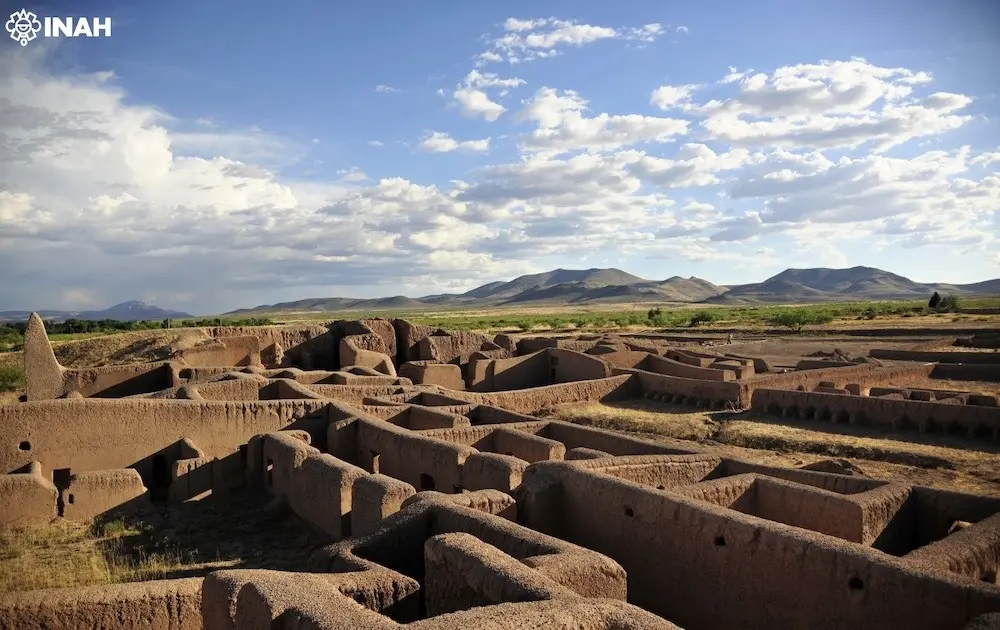
A new ancient mitochondrial DNA analysis has overturned a long-standing theory that the population boom of Paquimé, the most prominent pre-Hispanic city in northern Mexico, resulted from mass migration from central Mexico. The findings reveal no significant genetic replacement over several centuries, suggesting that the city’s growth was driven by local development rather than outside influx.
The research, published in the Proceedings of the National Academy of Sciences (PNAS), was conducted by José Luis Punzo Díaz, an archaeologist from Mexico’s National Institute of Anthropology and History (INAH), alongside Michael T. Searcy and Meradeth Snow, from Brigham Young University, the University of Oklahoma, and the University of Montana, respectively. The project was approved by the INAH Archaeology Council.
The study’s genetic evidence supports a continuity between earlier and later populations in the Casas Grandes region, challenging the hypothesis proposed by archaeologist Charles DiPeso, who argued in the 1960s that Paquimé was founded by migrants from central Mexico seeking to establish a trade hub for exotic goods.
“By examining both time periods, we aimed to determine whether there was a genetic shift that could suggest large-scale migration,” said José Luis Punzo, researcher at INAH Michoacán.
Instead, the results show strong genetic continuity, indicating that cultural and demographic changes from 700 to 1400 CE were homegrown, not imported.
Researchers analyzed genetic material from 114 individuals excavated between 1958 and 1961 during the Joint Casas Grandes Expedition. Samples came from:
The DNA was extracted and sequenced at the University of Montana’s Ancient DNA Laboratory. The team focused on mitochondrial genomes—passed down through maternal lines—to trace ancestry and migration patterns.
The complete mitochondrial sequences revealed no new haplogroups or haplotypes that would indicate the arrival of outsiders.
“We found no evidence of population replacement, particularly among women. The genetic continuity between both periods shows that migration was not a factor in Paquimé’s growth,” the study noted.
At its height around 1200 CE, Paquimé was home to roughly 3,500 inhabitants, making it the largest pre-Hispanic city in the desert region of northern Mexico. It served as a political, ceremonial, and commercial center for the Casas Grandes culture, which extended across parts of Chihuahua, Sonora, New Mexico, and Arizona.
“The lack of genetic distinction across seven centuries demonstrates that cultural transformations in Casas Grandes were internal,” Punzo emphasized.
Related: Mexico’s Cultural Heritage Draws 14.6 Million Visitors in First 8 Months of 2025
Mexican Press Agency is part of ALMA, which is dedicated to news and information about Mexico and Mexicans in the United States and is a fiscally sponsored project of Social Focus, a 501(c)(3) nonprofit organization based in Redwood City, California.